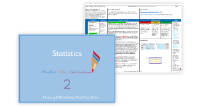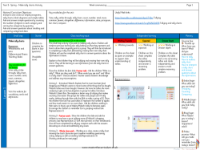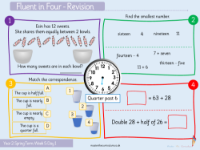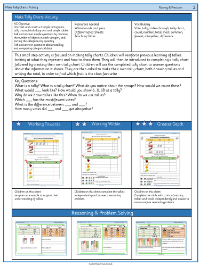Statistics - Make tally charts - Presentation
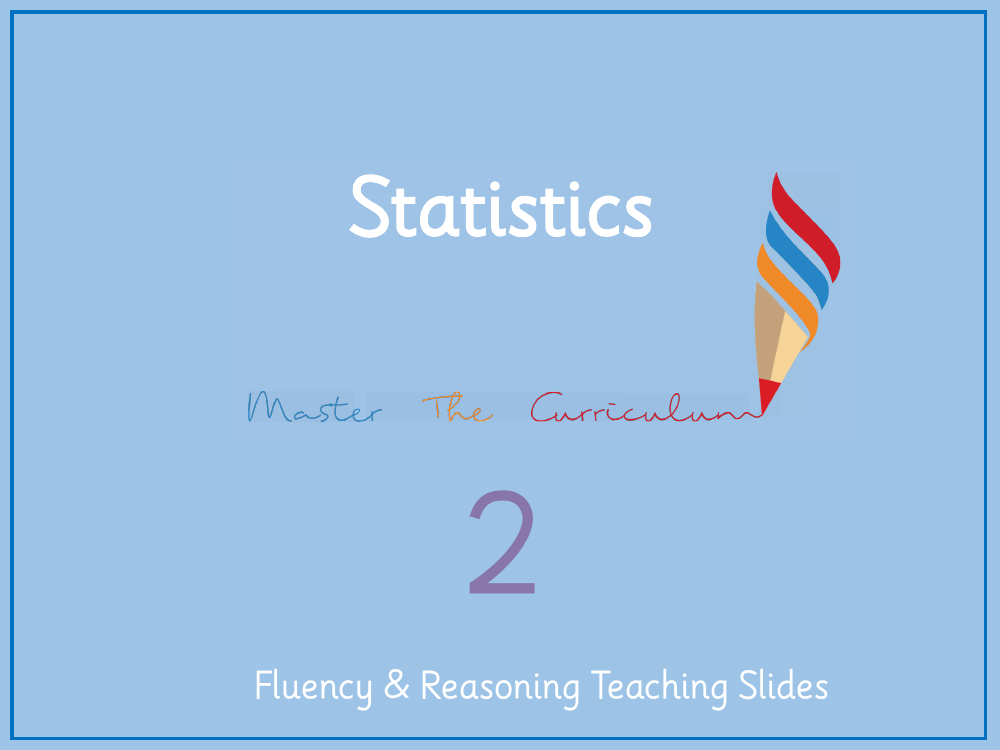
Maths Resource Description
In the realm of statistics, tally charts are a fundamental tool for recording and visually representing data in an easily understandable format. A tally chart consists of marks – typically vertical lines – that are grouped in a way that simplifies counting. Each group of five is represented by four vertical lines with a diagonal line across them to denote a set of five. This method of tallying is significant because it improves efficiency and accuracy when counting large quantities. The presentation slides guide learners through the process of creating tally charts, beginning with the basic definitions of a tally chart and a tally, and explaining their importance in data collection and representation.
Through engaging activities, students are invited to apply their understanding of tally charts in real-life scenarios. For instance, Malachi is tasked with making a tally chart as his Mum unpacks groceries, counting items like bananas and apples. Initially, Malachi tallies by drawing individual lines for each item, but is then shown by Esin a more efficient method, where every fifth item is marked by striking through the previous four tallies. This approach is not only easier to count but also visually clearer. Subsequent activities involve tallying different quantities of items such as carrots, eggs, and cupcakes, reinforcing the concept. The lesson culminates with an exercise where students discuss favourite sports, using tally charts to represent votes and analyse which sport is the most or least popular. Independent work encourages students to complete and create their own tally charts, further solidifying their understanding of this statistical method.

